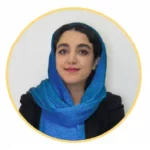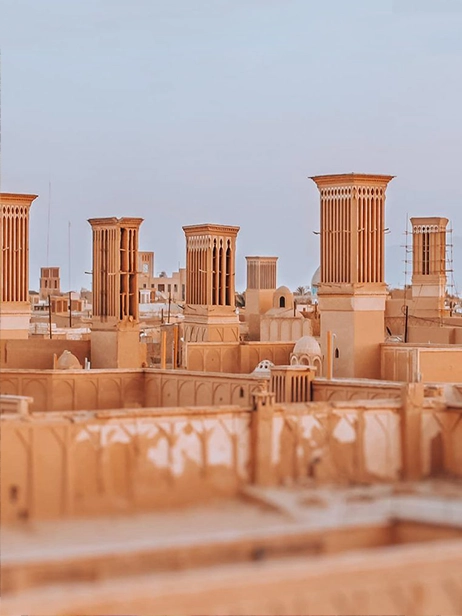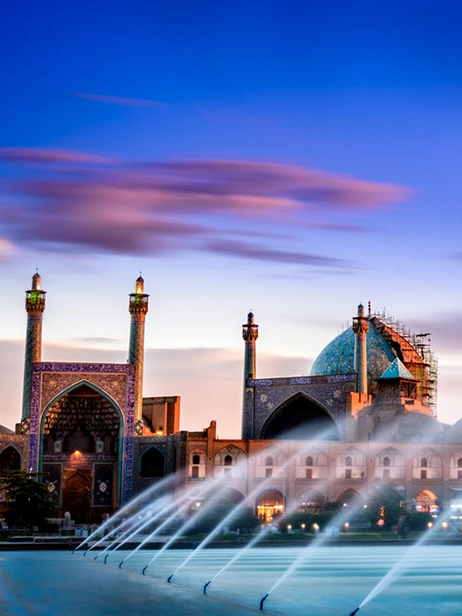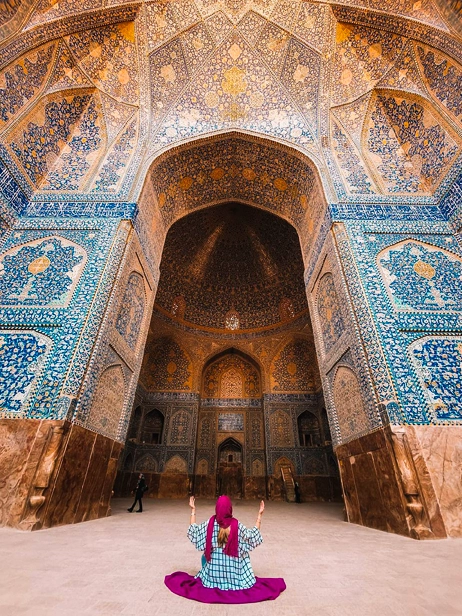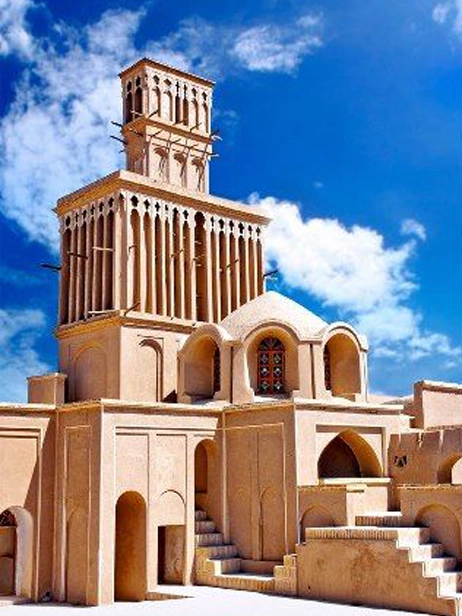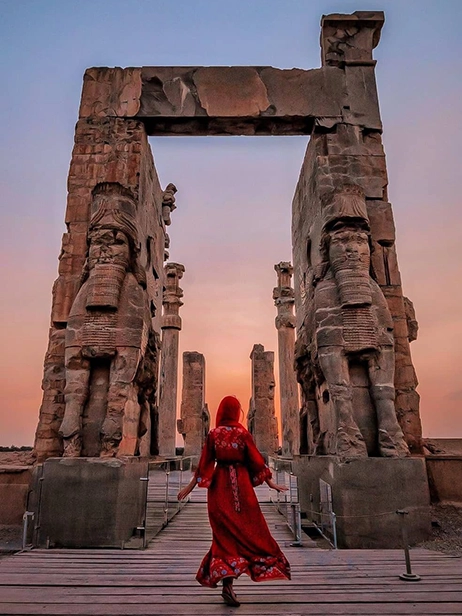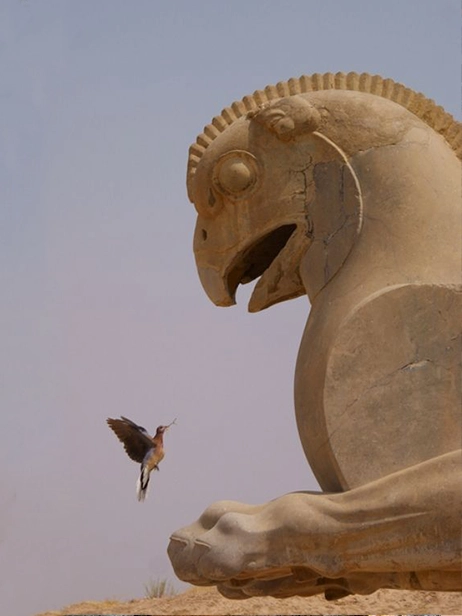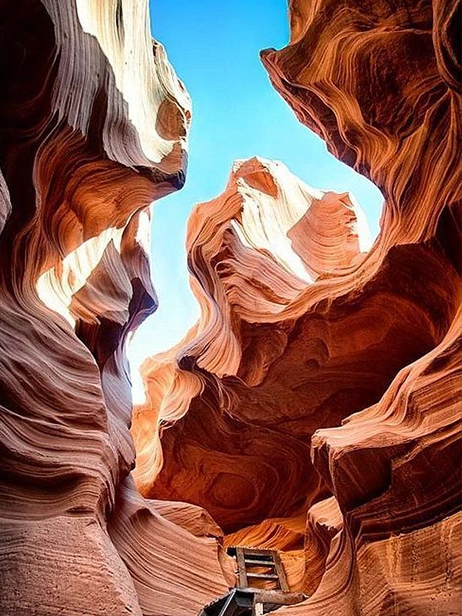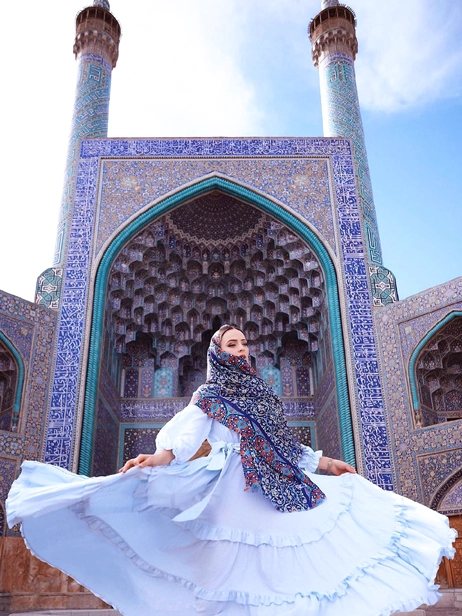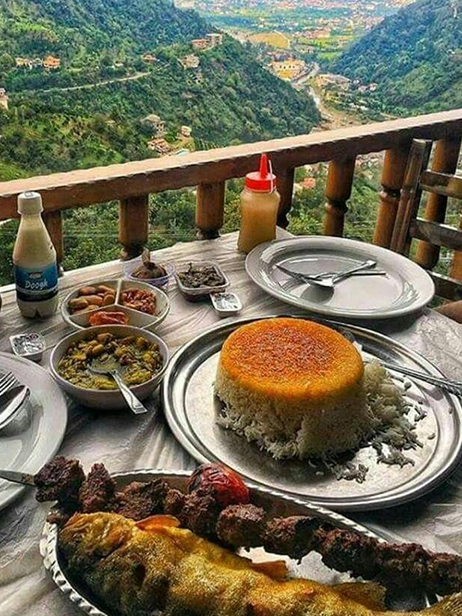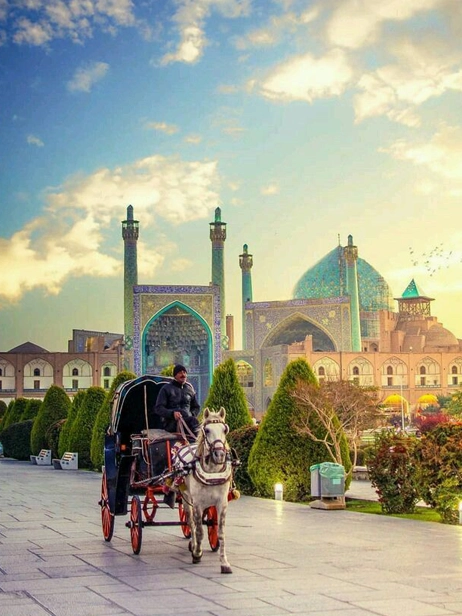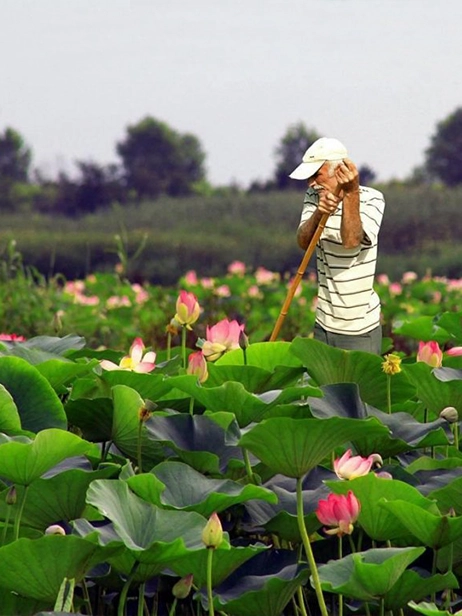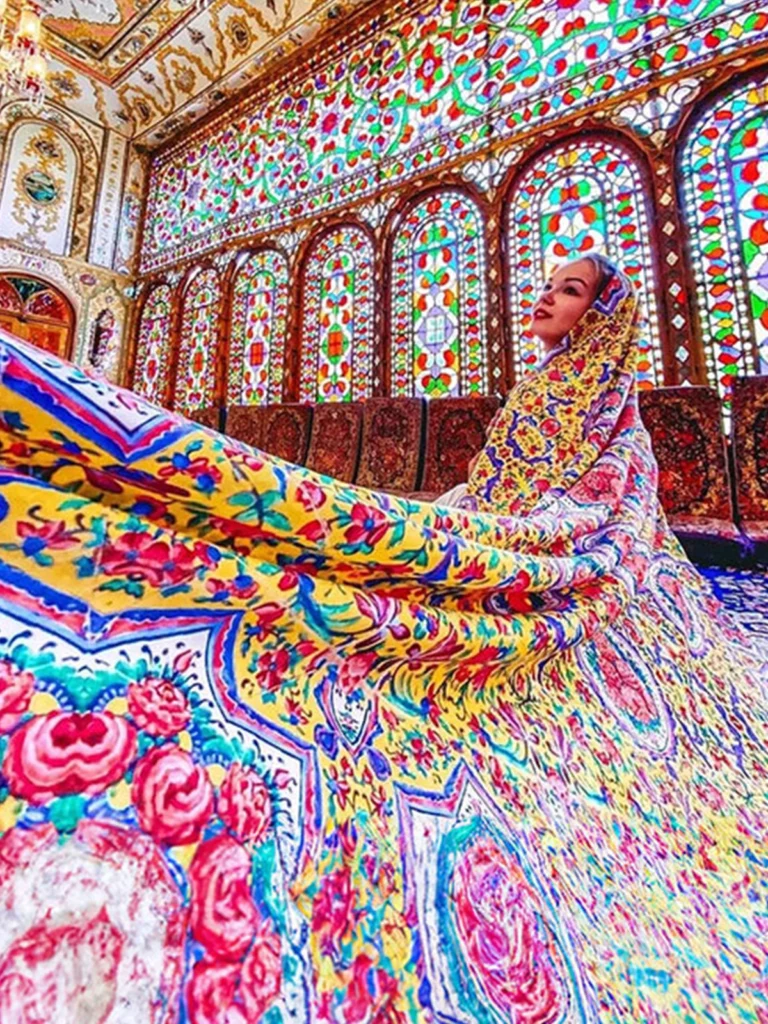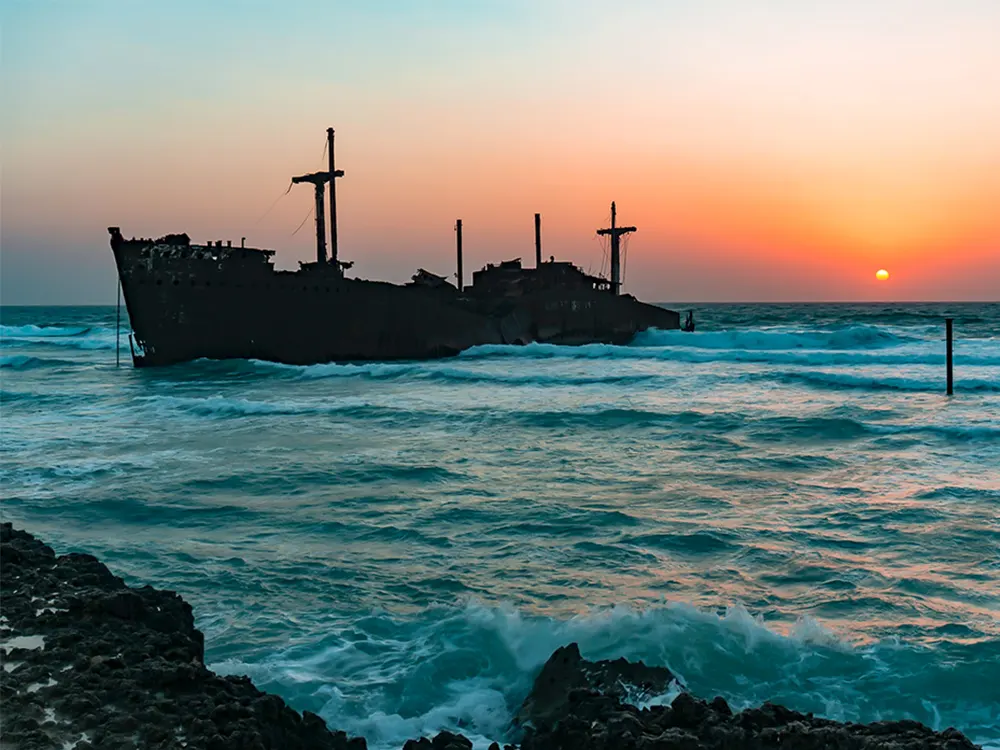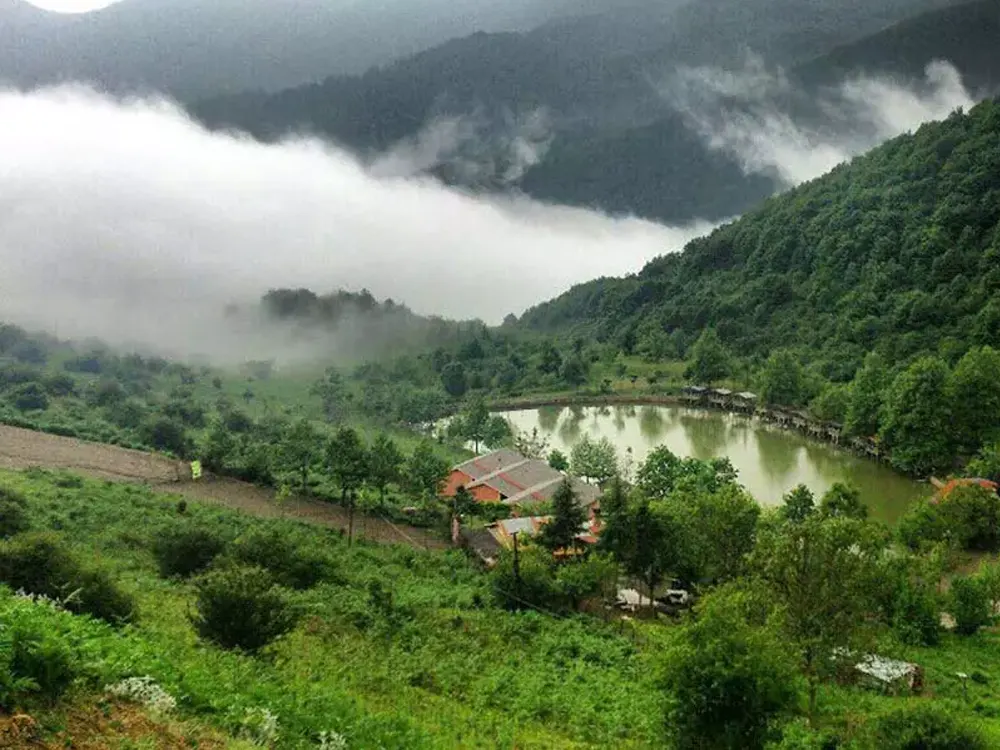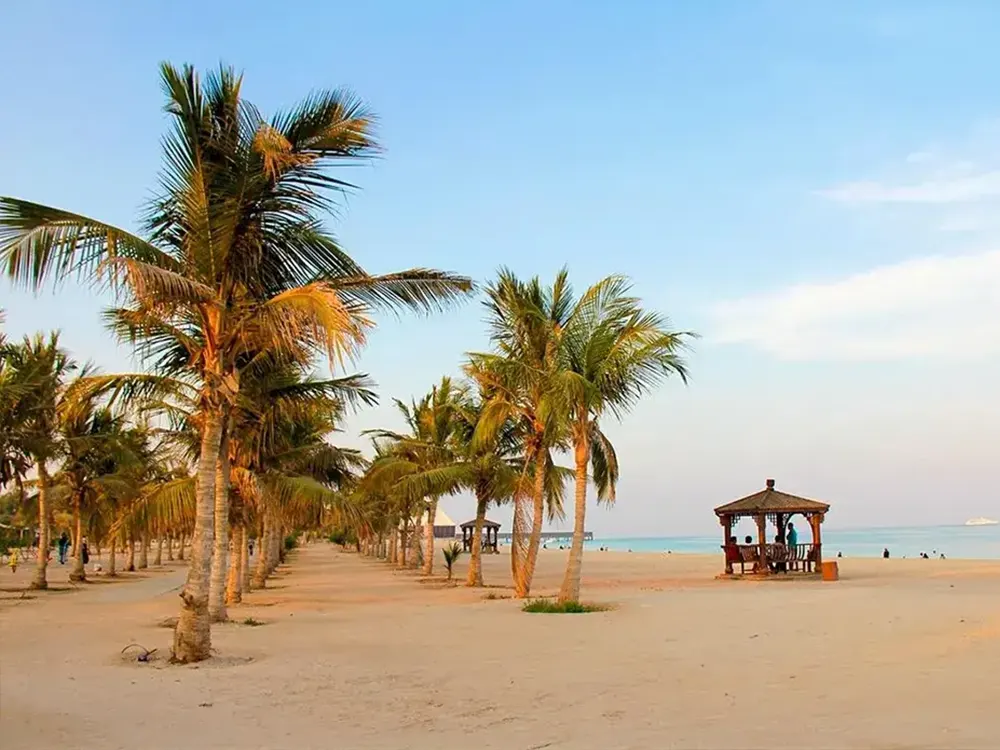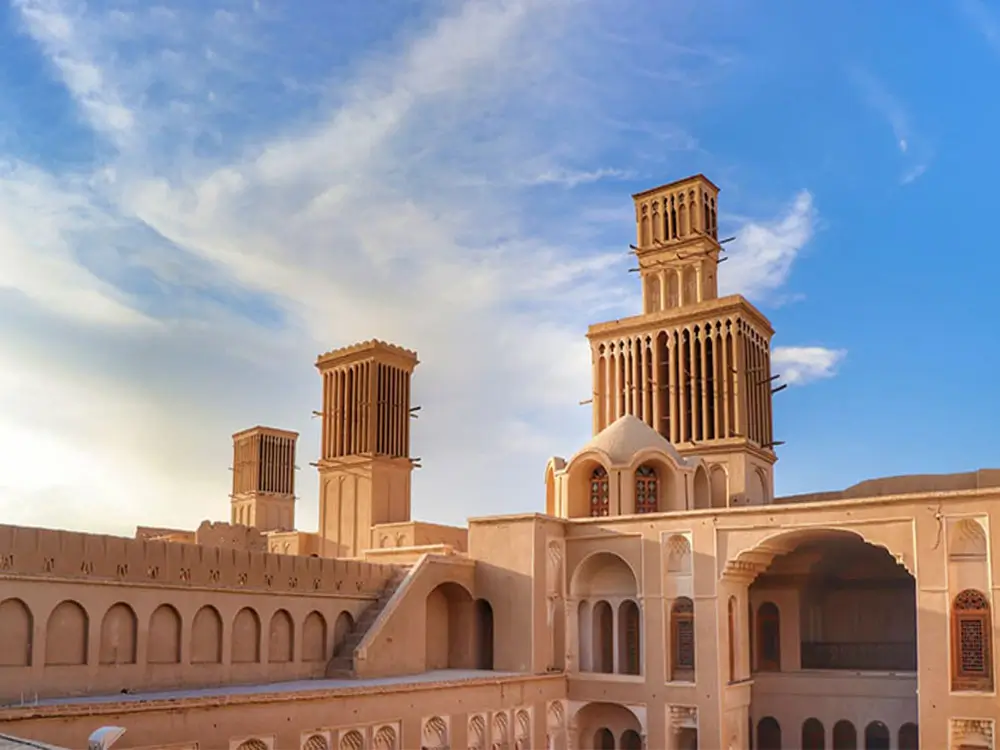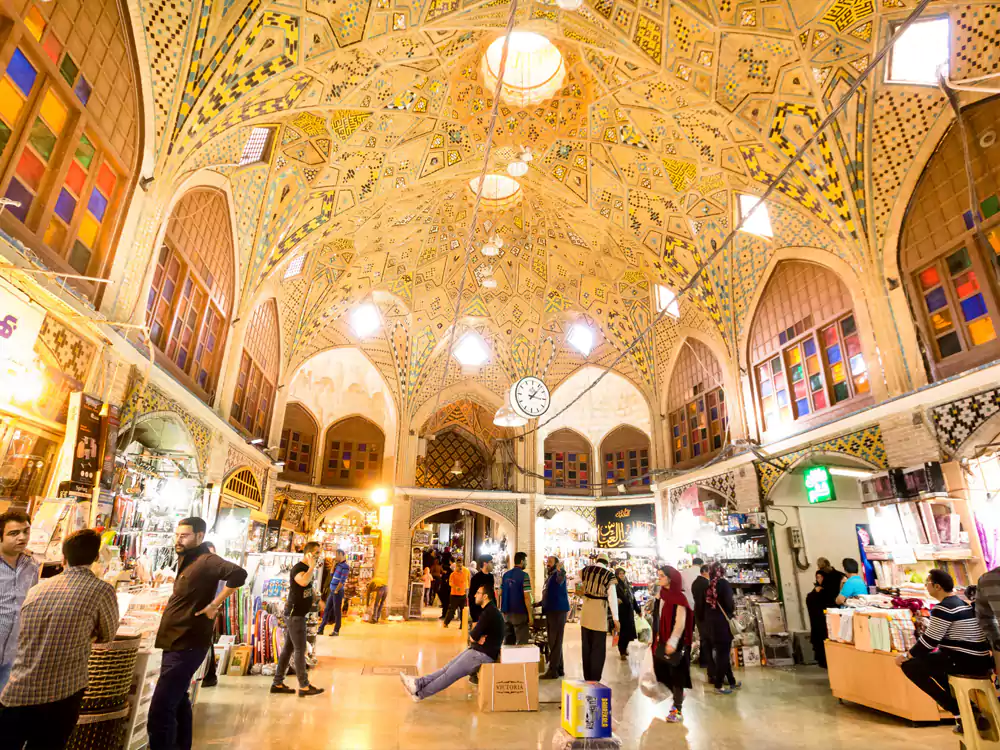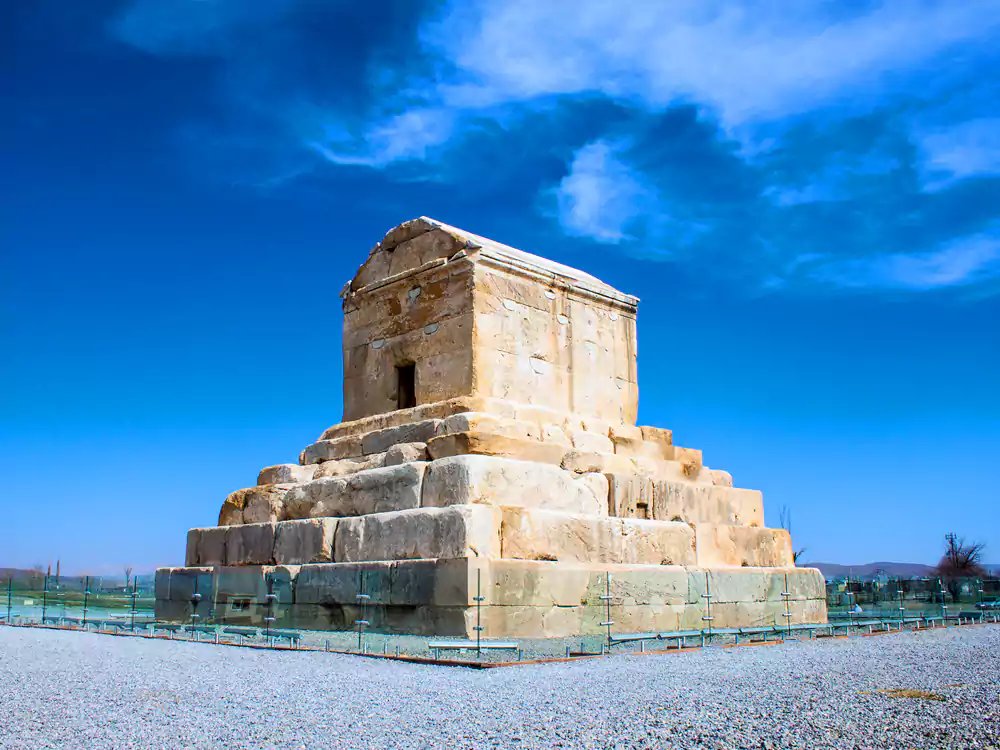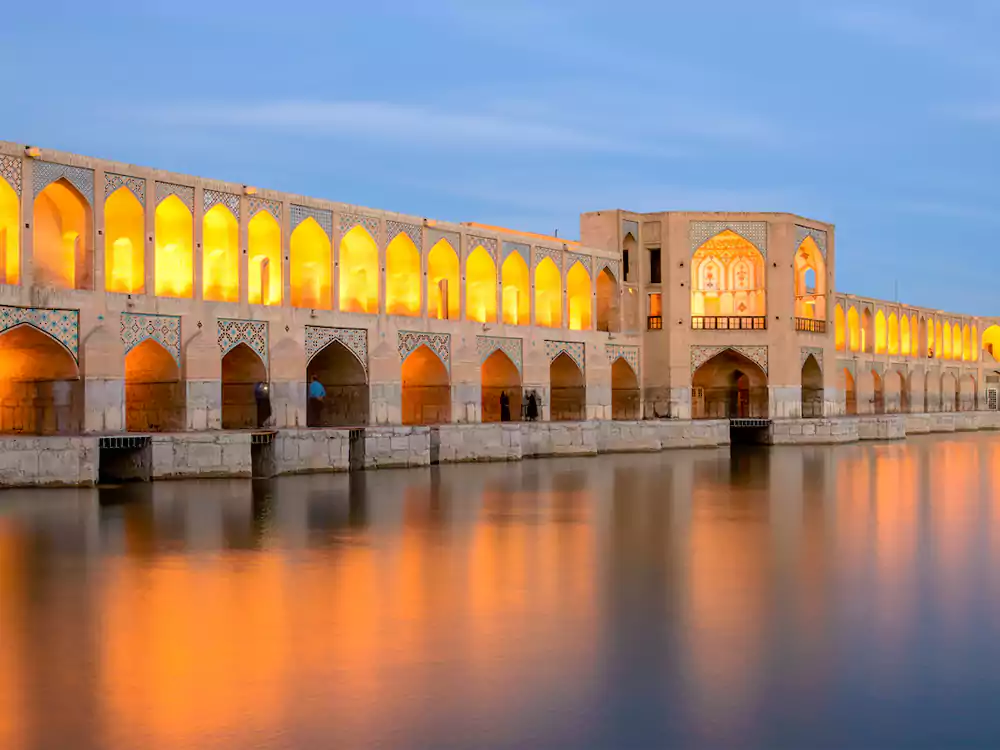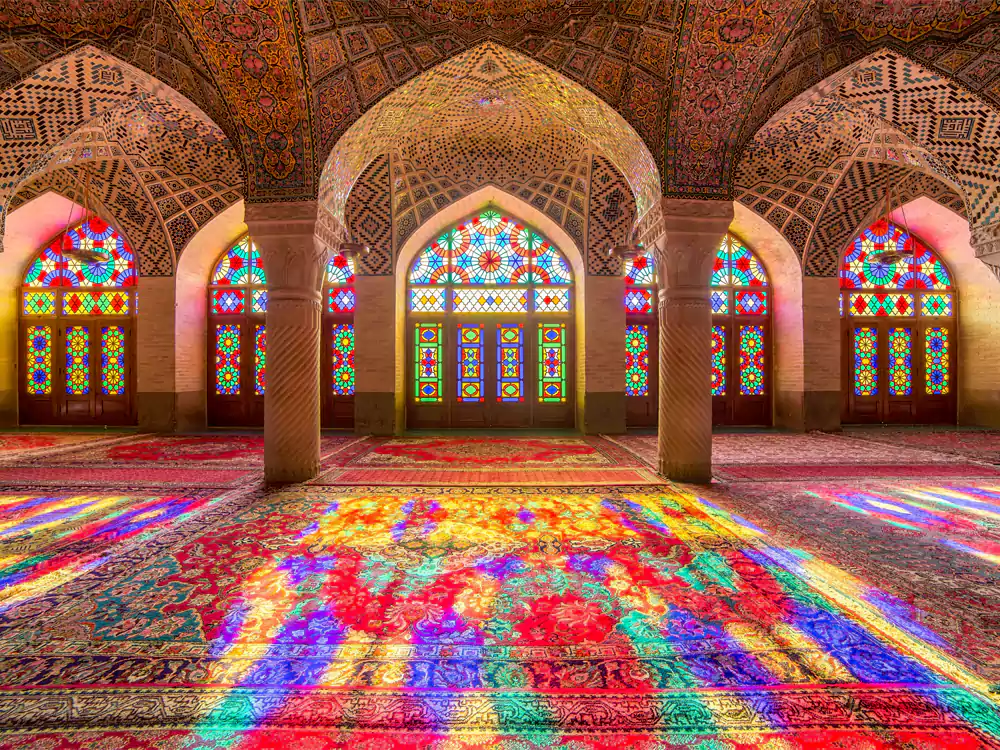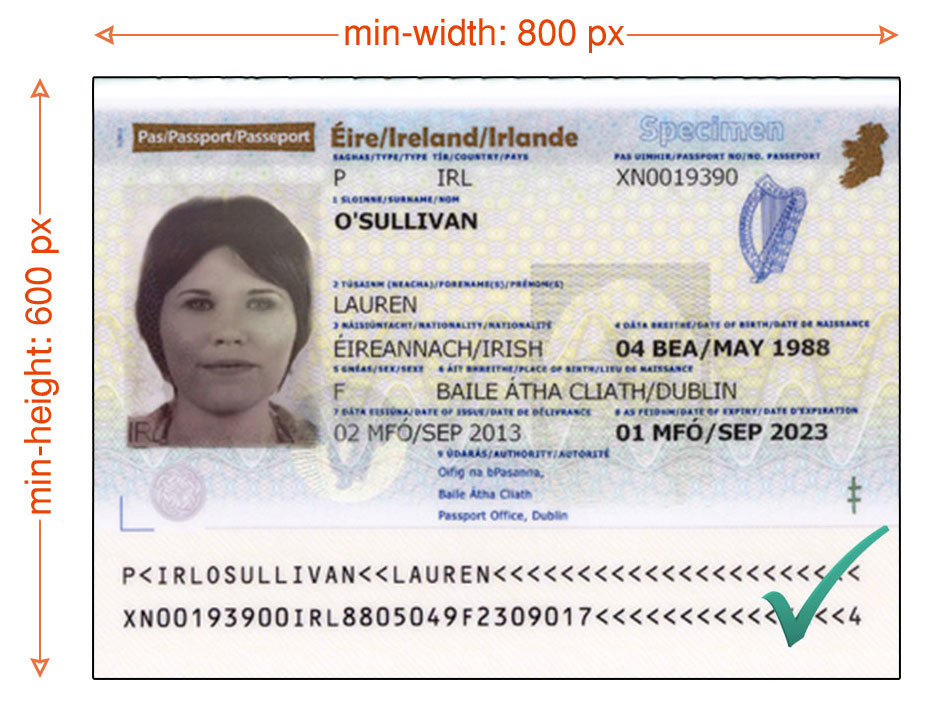History of the National Museum of Iran
The rich history of this ancient land is attested to by the National Museum of Iran, a significant component of Tehran’s cultural legacy. The museum has substantially changed since its opening in the city’s center. Its voyage, which started in the early 1900s, embodied the spirit of Iran’s extensive historical fabric.
Priceless objects from the lower Paleolithic to the modern age are housed in the museum’s expanding collection. Each developmental milestone has enhanced its illustrious life, making it a beacon for tourists and historians.
Architectural heritage and design influences
The architectural design of the National Museum of Iran is a blend of Iran’s past and present. Influenced heavily by traditional Persian aesthetics, the structure is a remarkable example of how modern architecture can pay homage to historical styles. Inspired by ancient Persian palaces, the museum’s facade creates a majestic first impression.
Inside, the layout and design facilitate a journey through time, with each hall and corridor thoughtfully arranged to enhance the visitor experience. This architectural marvel houses artifacts and symbolizes Iran’s commitment to preserving and showcasing its heritage.
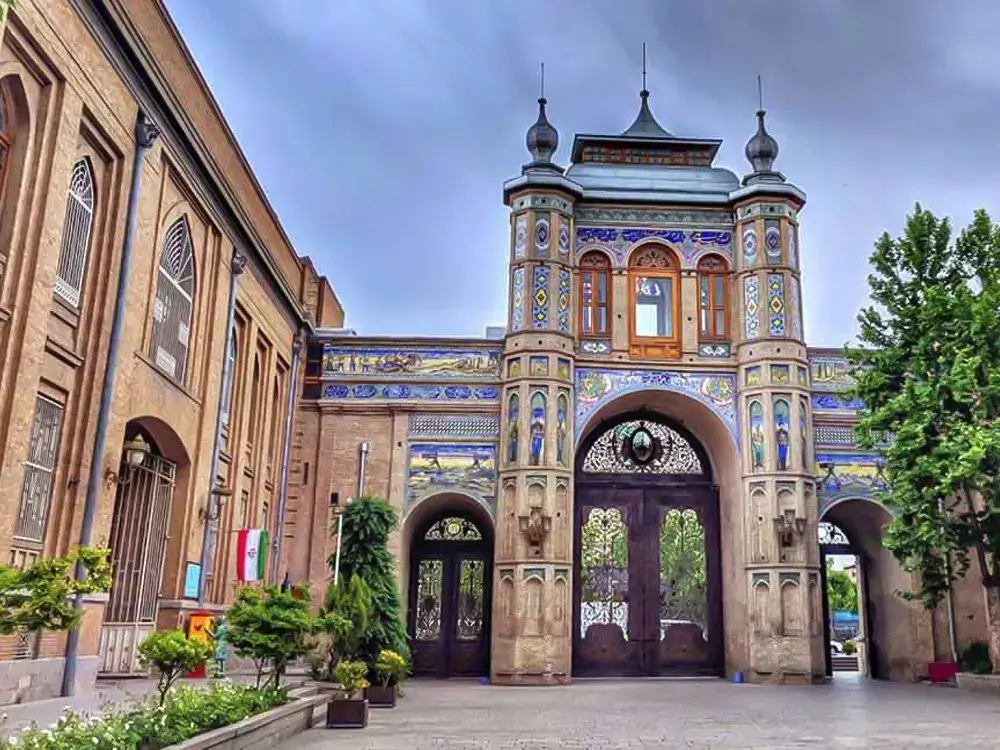
Contributions of notable directors and historians
The museum’s evolution owes much to the contributions of various directors and historians, each bringing their unique vision and expertise. These individuals have been instrumental in curating collections, organizing exhibitions, and spearheading research initiatives.
Their efforts have enriched the museum’s offerings and helped promote ancient Iran and its stories to a global audience. With their deep understanding of Iran’s history and culture, the directors have ensured that every artifact, from the Iran Bastan Museum relics to contemporary pieces, is displayed in a way that tells a compelling story of Iran’s past and present.
Initial Construction
Expansion
Renovationion
Exploring the Museum of Ancient Iran
The Museum of Ancient Iran, an integral part of the National Museum of Iran, offers a deep dive into the country’s rich history. This museum segment invites visitors to step back in time, experiencing a journey through Iran’s extensive and varied past.
From relics of the lower Paleolithic era to the sophisticated art and technology of later periods, the museum presents a vivid panorama of human progress and cultural evolution. This well-structured space is not just a display of artifacts; it’s a narrative of human civilization, taking visitors through epochs that have shaped the modern face of Iran.
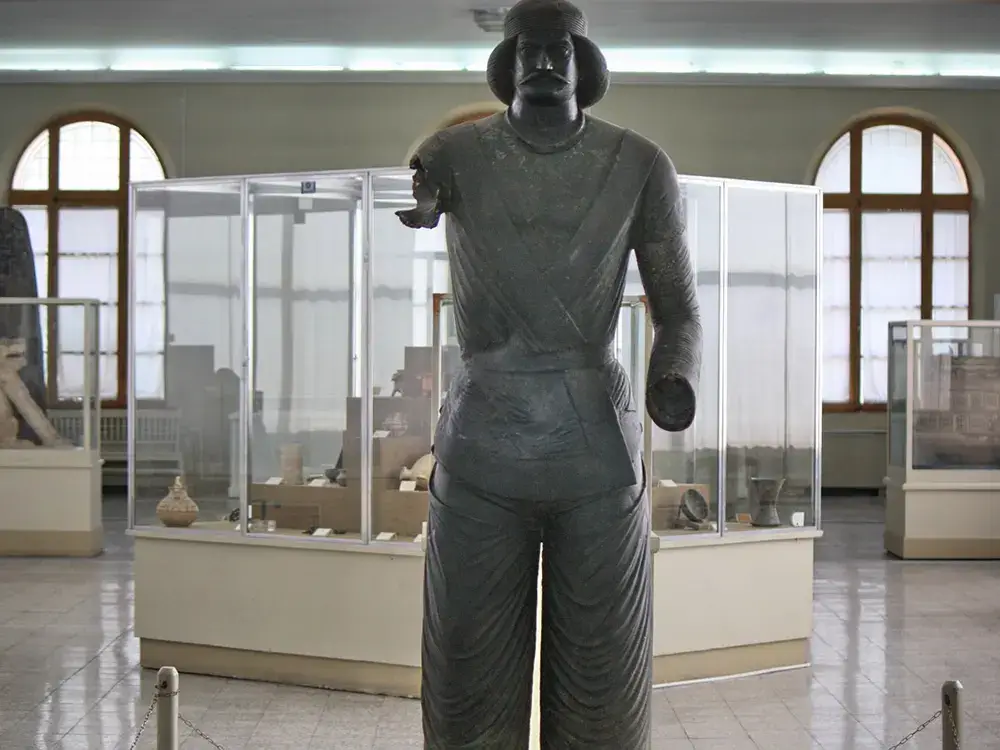
Key Artifacts and Historical Periods Covered
The Museum of Ancient Iran is home to an extensive range of artifacts, each telling a unique story of the ancient Iran:
- Stone tools and pottery from the lower Paleolithic period showcased the dawn of human settlement in the region.
- Elaborate metalworks and inscriptions from the Achaemenid Empire reflect Iran’s golden age of empire-building.
- Exquisite sculptures and artwork from the Parthian and Sassanian eras indicate the artistic zenith of pre-Islamic Iran.
Significance of the Iran Bastan Museum
The Iran Bastan Museum, another name for the Museum of Ancient Iran, holds significant importance in the cultural landscape of Tehran and Iran. It’s a place where history is preserved and respected, offering a window into the lives of ancient civilizations that once thrived in this land.
The museum educates Iranians and international visitors about the nation’s ancestral heritage. It stands as a proud reminder of Iran’s contributions to art, culture, and science throughout history, making it a must-visit destination for anyone interested in the rich tapestry of human history.
Key Artifacts in the Museum of Ancient Iran Introduction:
Era | Artifact | Description |
|---|---|---|
Lower Paleolithic | Stone Tools | Some of the earliest evidence of human life in Iran. |
Achaemenid | Inscriptions and Relics | Artifacts from the era of Cyrus the Great and Darius. |
Sassanian | Sculptures | Intricate sculptures representing the zenith of pre-Islamic art in Iran. |
Artwork and Exhibitions at the National Museum of Iran
The National Museum of Iran keeps history, displaying a diverse collection of artworks spanning thousands of years. These works, dating from the lower Paleolithic age to the present, provide a glimpse into the rich tapestry of ancient Iran. Each painstakingly kept and exhibited relic offers its distinct narrative. Visitors can explore collections that include:
- Ancient stone carvings and pottery reflect early human creativity.
- Exquisite metalworks from the Achaemenid and Sassanian empires demonstrate sophisticated craftsmanship.
- Islamic-era manuscripts and calligraphy showcasing the artistic zenith of this period in Iran.
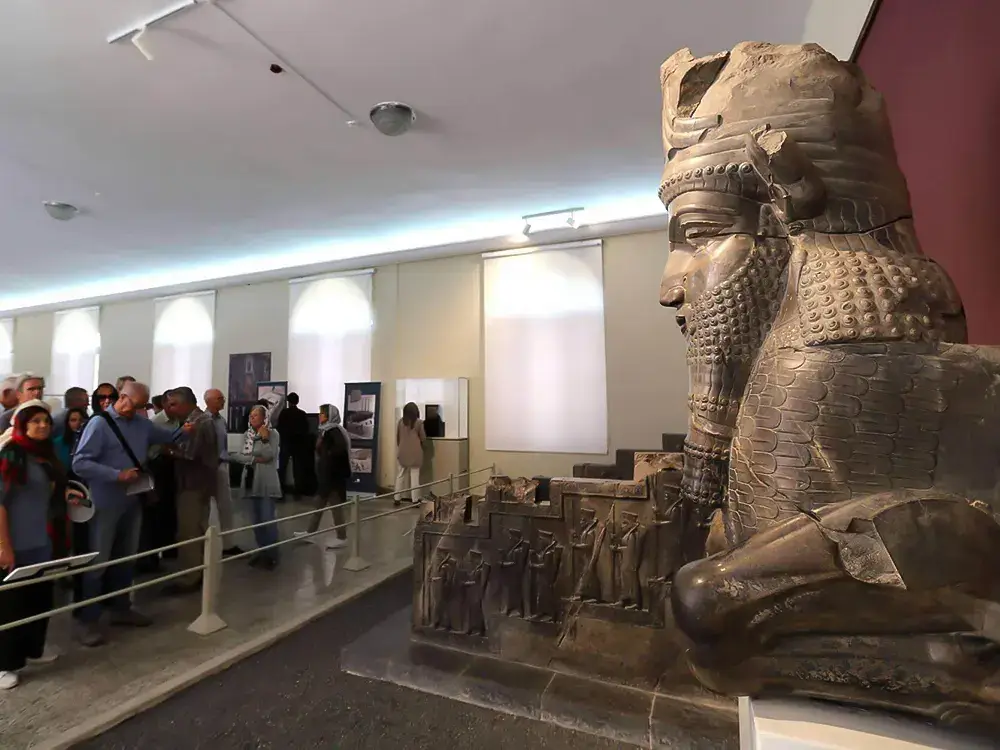
Thematic Galleries and Notable Pieces
Within the National Museum of Iran, thematic galleries create a curated journey through Iran’s historical epochs. These galleries, each focusing on a specific era or theme, house notable pieces that include:
- The Iran Bastan Museum section is dedicated to pre-Islamic history, featuring relics from ancient civilizations of the region.
- Galleries devoted to the Islamic period display intricate artworks highlighting the golden age of Islamic art in Tehran and beyond.
- Special exhibitions often feature international collaborations, bringing global perspectives to the museum’s offerings.
Notable Artworks in the National Museum of Iran Introduction
Era | Artwork | Significance |
|---|---|---|
Achaemenid | Gold and Silver Relics | Symbolizing the luxury of the Persian Empire. |
Sassanian | Stone Carvings | Demonstrating advanced artistic techniques of the era. |
Islamic Period | Manuscripts and Calligraphy | Reflecting the intellectual and artistic advancements of Islamic Iran. |
National Museum of Iran Tickets: How to Obtain
Arranging a visit to the National Museum of Iran involves understanding the ticketing process. Tickets are easily bought at the entry, although online ticketing alternatives are available for those who want a more streamlined experience. It’s best to check the museum’s official website or reliable Iran tour operators for the most up-to-date information on ticket availability.
For international visitors, purchasing tickets online can save time and help in planning their itinerary efficiently. Remember to carry a valid ID, as it might be required at the time of purchase.
National Museum of Iran Ticket Price: Options and Discounts
The National Museum of Iran offers a range of ticketing options to cater to different visitor needs. Standard ticket prices are pretty reasonable, making it an affordable destination. Discounts are often available for students, seniors, and groups, making it more accessible for educational trips and family visits.
Special rates might apply for temporary exhibitions or special events, so staying updated through the museum’s communication channels is a good idea.
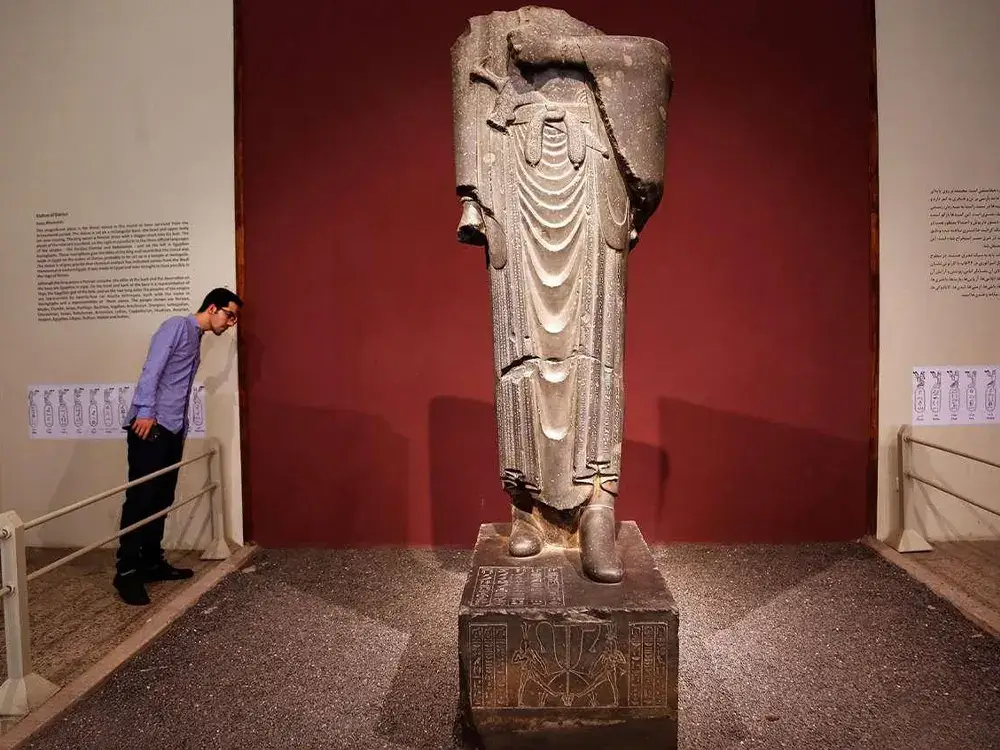
Best Times to Visit and What to Expect
The National Museum of Iran is best visited during the week when it is less crowded and offers a quieter experience. The museum is usually open from the morning until the late afternoon. However, hours may change during national holidays or special events.
Visitors should plan on spending at least a couple of hours studying the rich collections covering the lower Paleolithic era to the current day. The museum is a portal to ancient Iran, offering insights into the cultural evolution of Tehran and its environs.
Can't Find Your Ideal Tour?
Explore Our Customized Tours for a Tailor-Made Experience!
Comprehensive ticketing information and operational hours:
Visitor Category | Museum Timings |
|---|---|
Adults | 9:00 AM – 7:00 PM |
Children (under 12) | 9:00 AM – 7:00 PM |
Students | 9:00 AM – 7:00 PM |
Group Tickets | 9:00 AM – 7:00 PM |
Special Days | 9:00 AM – 7:00 PM |
Showcasing Iran’s Rich Heritage
The National Museum of Iran provides a gateway to the country’s enormous history, with exhibits ranging from the lower Paleolithic age to the present day. Its expertly managed and tastefully arranged exhibitions provide an in-depth look at ancient Iran’s colorful tapestry. The museum’s key objects contain relics from numerous historical periods, each presenting a distinct tale of the past.
Visitors can expect to see items ranging from prehistoric tools to exquisite examples of Islamic art, making the museum a hub for cultural learning and appreciation.
- Prehistoric collections: Stone tools and human figurines from early settlements.
- Islamic art: Intricate calligraphy, pottery, and textiles.
- Achaemenid Empire: Artifacts from one of Iran’s most powerful dynasties.
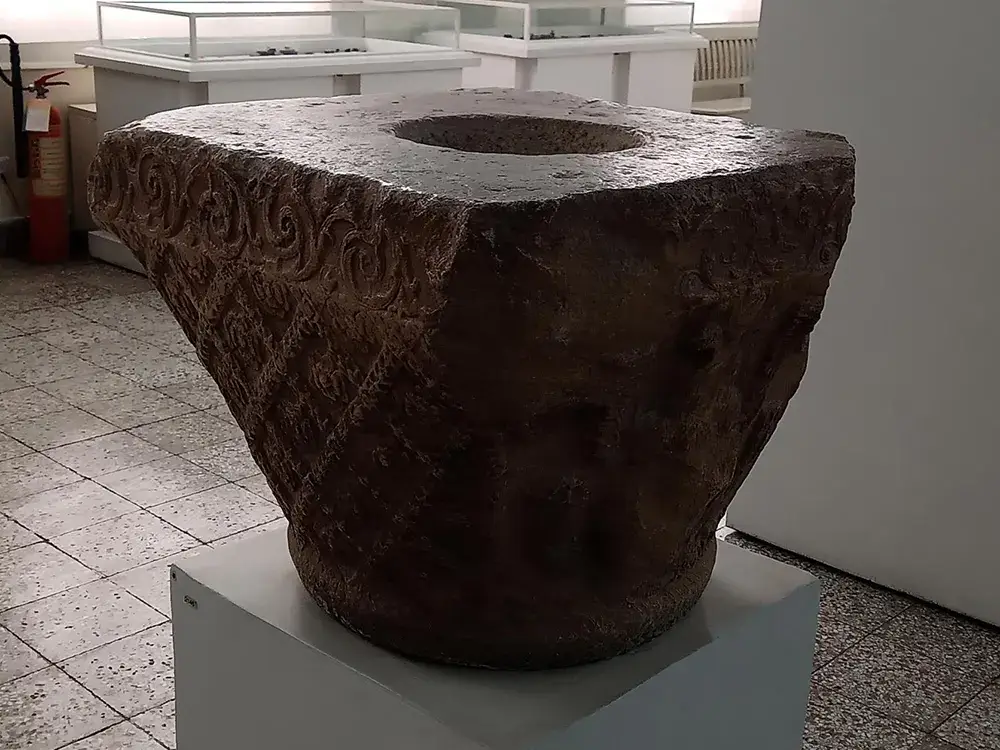
Special Exhibitions and International Collaborations
The National Museum of Iran frequently hosts special exhibitions that delve into specific aspects of Iranian heritage or feature international collaborations. These exhibitions often provide fresh perspectives and new insights into Iranian culture’s ancient and modern elements.
For instance, the museum has hosted exhibits at Iran Bastan Museum, showcasing the evolution of civilization in the region. Such collaborations often blend local and international heritage, offering visitors a broader understanding of Iran’s impact on world history.
- Rotating special exhibitions: Focusing on unique themes or historical periods.
- International collaborations: Joint exhibitions with museums worldwide.
- Diverse topics: From ancient civilizations to contemporary Iranian art.
Conclusion
We traveled across time and culture in this in-depth examination of the National Museum of Iran, revealing the museum’s exceptional collection, which ranges from complex artworks of ancient Iran to ancient artifacts from the lower Paleolithic age.
The National Museum of Iran serves as a monument to the enduring legacy of Iranian civilization, regardless of whether you intend to come with our Tehran tour or want to learn more.
Explore MabnaTrip for more thought-provoking information and inspiration for travel, as every step into the past is a step into a world of wonder.




